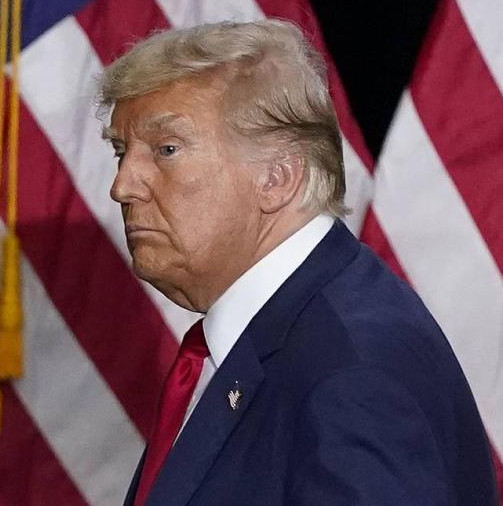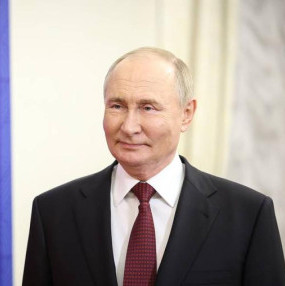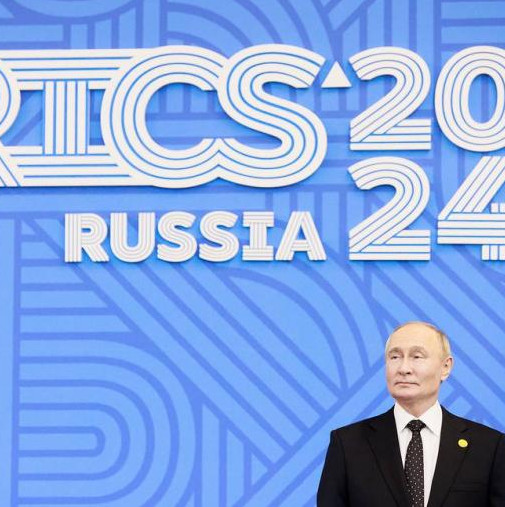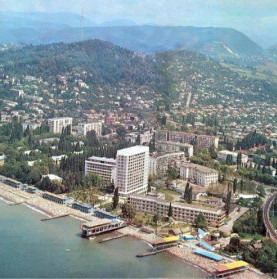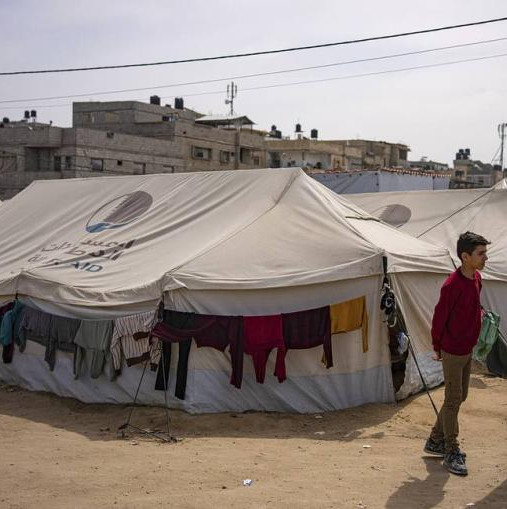Immediately after the Russian president’s speech, NATO Secretary General Jaap de Hoop Scheffer demanded “explanations” and said that his words caused “grave concern and regret” within the bloc. Moreover, he all but accused Russia of encroaching upon one of the cornerstones of European security. At the same time, his administration expressed an opinion that the Russian leadership used threats of withdrawing from the CFE in order to “put pressure” on NATO on the issue of the U.S. missile defense system deployment in East Europe.
The reaction of U.S. Secretary of State Condoleezza Rice was even harsher. Speaking at a NATO foreign ministers meeting in Oslo, she said that “These are treaty obligations and everyone is expected to live up to them. Russia’s fears that the deployment of missile defense in East Europe will tip the balance of forces and lead to a new cold war are ridiculous, she said.
Western journalists are not lagging behind NATO politicians. The British press, for example, has volunteered an opinion that Putin’s statement demonstrated the Kremlin’s anger caused by the U.S. proposal to site elements of its missile defense system in Europe. Some Western analysts make statements for the press maintaining that the Russian president was simply “bargaining.” They believe that Putin wants to exchange missile defense for the CFE. Some even describe the Russian leader’s statement as all but a manifestation of “a new cold war,” signaling that Russia is increasingly willing to destroy the foreign policy order that has shaped after 1990, etc.
Yet any impartial observer would wonder about the direct connection the West saw between missile defense and the CFE. Yes, the Russian president did mention the U.S. deployment plans in the same paragraph with the moratorium on Russian observance of the CFE. But it does not make these topics directly related. Washington stubborn desire to deploy its bases on the Russian borders only gave Moscow another reason to go back to the long-standing problem.
Russia has been raising the CFE problem for several years already. As Russian Foreign Minister Sergei Lavrov said in Oslo, the balance of forces in the region has long been tipped in favor of the North Atlantic alliance, so it will not be affected by Russia’s moratorium on the CFE.
As is well known, the Conventional Arms in Europe Treaty was signed in 1990 in order to prevent deployment of gigantic troops of NATO and the Warsaw Treaty Organization in border countries. It set the upper limit for military personnel and tactic weapons. However, the situation changed drastically after 1991, and the OSCE summit in Istanbul in 1999 adopted the European Security Charter and simultaneously signed the adapted CFE, which was built on the principle of nations, not blocs. By now, it has been ratified by only four out of the thirty countries that signed it – Russia, Ukraine, Belarus and Kazakhstan.
None of the NATO member states has ratified the CFE, citing as an excuse the fourth clause, which prohibits any state to deploy its troops in another without the latter’s consent. NATO demands that Russia fully withdraw its troops from Georgia and Transdnestr. Moscow, however, says that its agreements with Moldova and Georgia do not have any official bearing to the CFE, while the withdrawal is just a matter of time. Besides, the Baltic States and Slovakia have not joint the treaty at all, which poses a threat with unpredictable consequences for Russia.
Today Russia is the only country to which the so-called flank restrictions of the CFE are applied and, until recently, it has followed them strictly. But why is the United States allowed to deploy its forces wherever it wants on its territory, while Russia has to limit the number of units deployed in its northwest region or in the troublesome south? This is why the preservation of the treaty contradicts Russia’s security interests, as the foreign minister said. The refusal of the NATO member states to ratify the adapted treaty has “devaluated the very logic of the treaty and rendered it senseless.” “None of the NATO members abides by the treaty and we do not want to look as if we were taking part in a theater of the absurd,” he said.
Moscow has still not announced the timeframe for its CFE ultimatum. Putin said that the moratorium should be in place “until all NATO countries ratify the treaty and start to abide by it.” Well-informed Russian experts say that the alliance has a year to ratify the treaty. Then Russia will withdraw from it.
In this connection, it would be better for the West to understand that it should not mix “flies and steaks” together (as the Russian president once famously said). Russia does not intend to link deployment of missile defense with its moratorium on the CFE. But it does not conceal that it is considering deployment of new military objects and infrastructure, including missile defense bases (i.e. appearance of new military equipment, weapons and personnel in the European theater) in NATO countries that are bordering on Russia in the context of the CFE.
Unfortunately, the West still cannot reconcile with the fact that Russia has begun to demand justice and observance of all commitments the U.S. and NATO made earlier. Washington and Brussels fail to understand how Russia dares to demand that they strictly abide by reached agreements. Apparently, it is time for them to get used to the idea that Russia will no longer tolerate encroachment on its rightful interests.
